Mercedes-Benz design boss Gorden Wagener has said the new Mercedes-AMG GT represents a “paradigm shift” in car design for the manufacturer.
The car, which is due to be officially revealed next month, ushers in Wagener’s vision for the future look of the Mercedes family, a design philosophy called ‘sensual purity’.
Autocar had a sneak preview of the AMG GT’s exterior and interior at Mercedes-Benz’s Design Centre in Sindelfingen, Germany.
Wagener explained how Mercedes-Benz is moving away from ‘traditional luxury’ towards ‘modern luxury’. This can be construed as part of the company’s efforts to appeal to a younger customer base.
The design chief also pointed out that he is keen for the AMG GT to be regarded as a new chapter for Mercedes, and not simply as a follow-up to the SLS AMG.
“The SLS is a fantastic car, but it is nonetheless a generic design – it has a bit of a mathematical structure,” he told us.
“This new car goes beyond this; we avoided having any sharp edges and created a look that is sophisticated on one hand and modern and high-tech on the other. It really embodies the idea of sensual purity you will see in every new Mercedes car.”
Wagener went into detail about the thinking behind the exterior design of the Mercedes-AMG GT: “It has fantastic proportions, the kind we’ve known from Mercedes sports cars ever since the 300SL. It has class and style. The round ‘greenhouse’ is almost aeroplane-like, and has a retro touch of the 300SL about it.”
The Mercedes-AMG GT features conventionally hinged doors as opposed to the iconic gullwing apertures of its predecessor. There are several reasons for this. It’s partly down to cost but also, Wagener says, “to really emphasise that this is a new chapter. We ended the SLS and we don’t want to see a direct comparison between the cars because they are so different.”
The new model is also more compact than the outgoing car: “It is 2cm shorter than the SLS and has a shorter wheelbase too. If anything the SLS was a touch too big in terms of length and width, and so I think the proportions of this car are more perfect. It also makes it a bit more agile.”
The car’s broad rear haunches are one of its most distinctive exterior design features. Wagener says: “The rear for me is the nicest part, with its huge shoulders. This is an example of how we can play with the execution of our design philosophy – the more sporty the car, the bigger the shoulder.

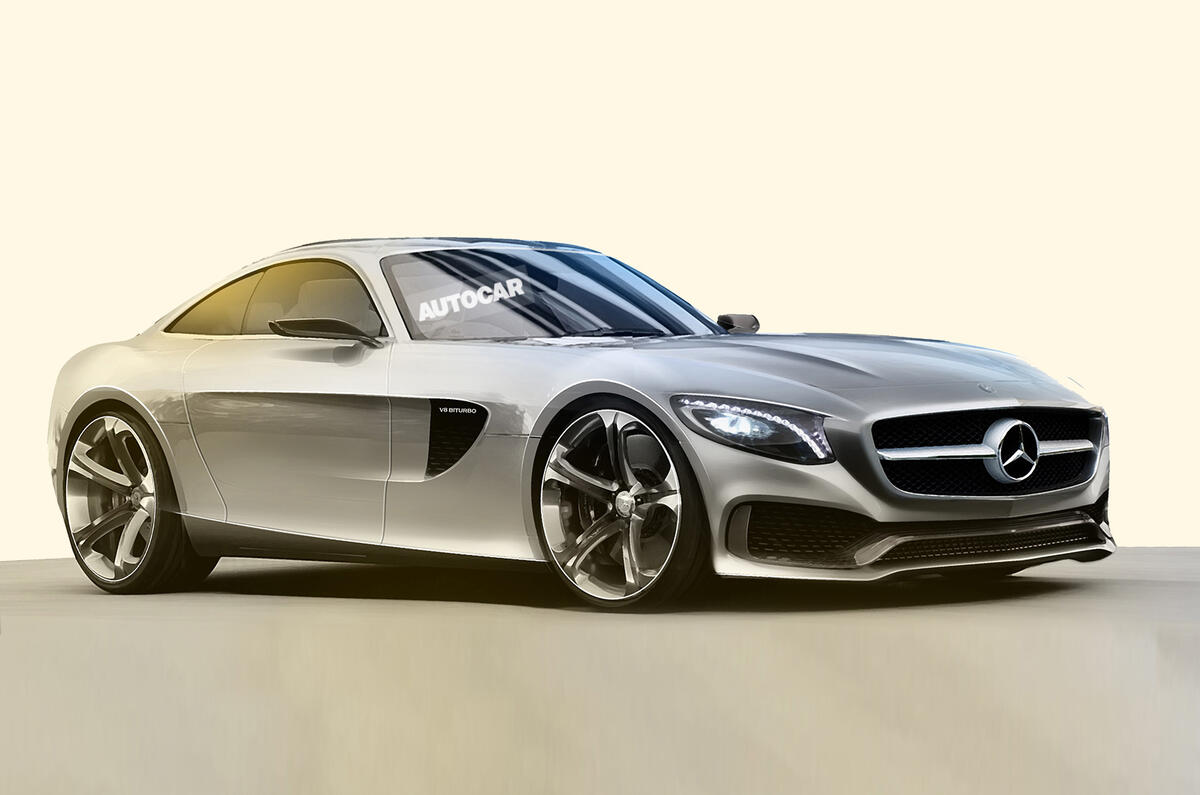
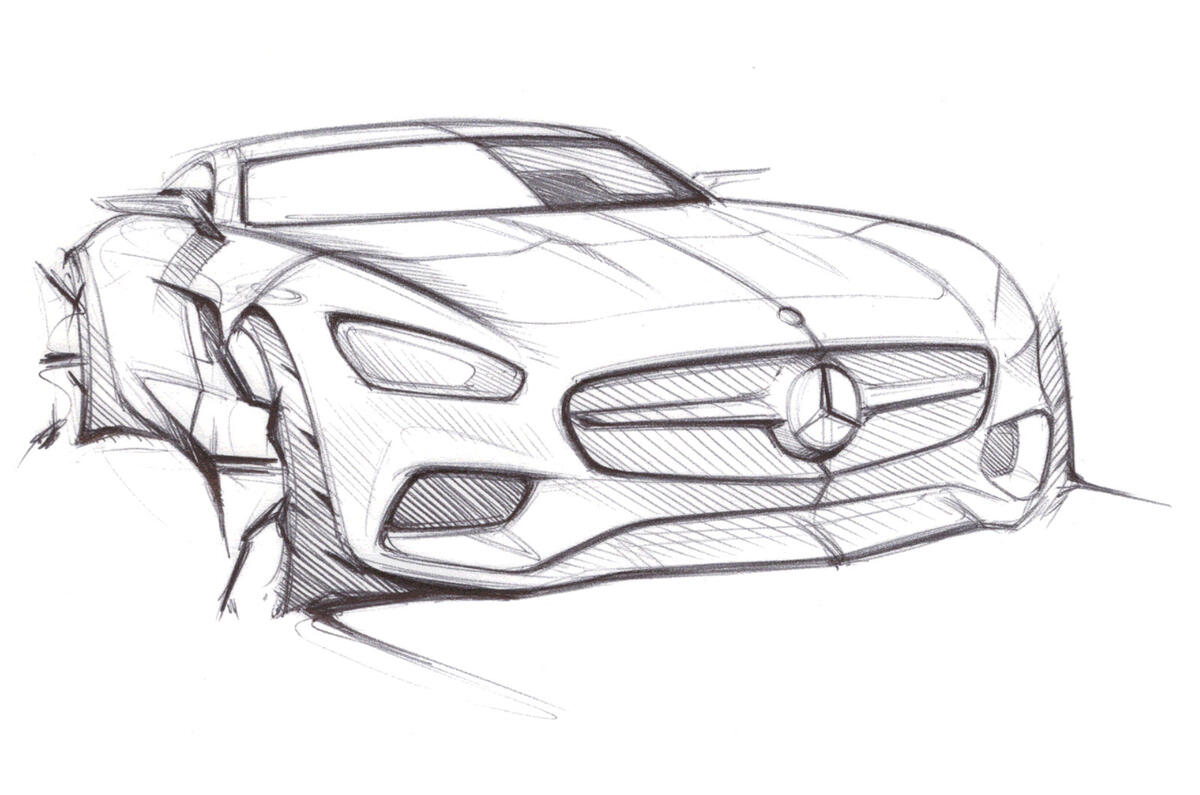
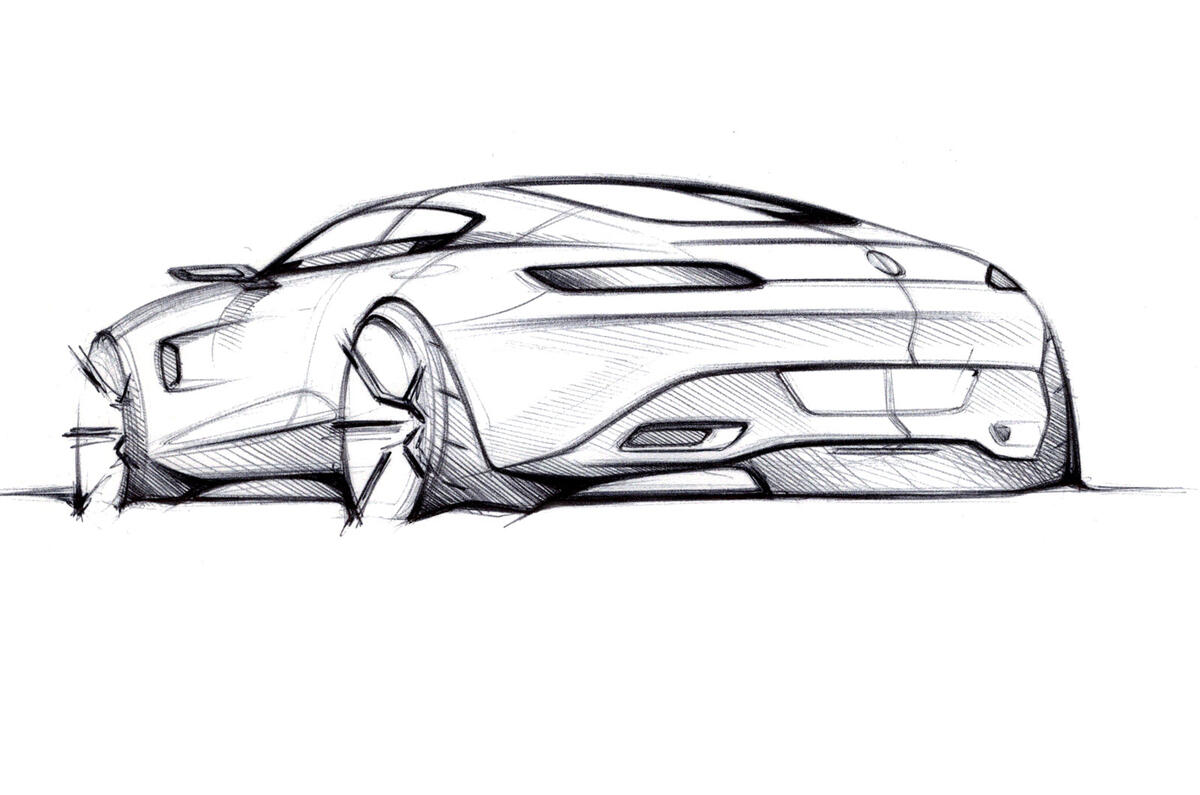
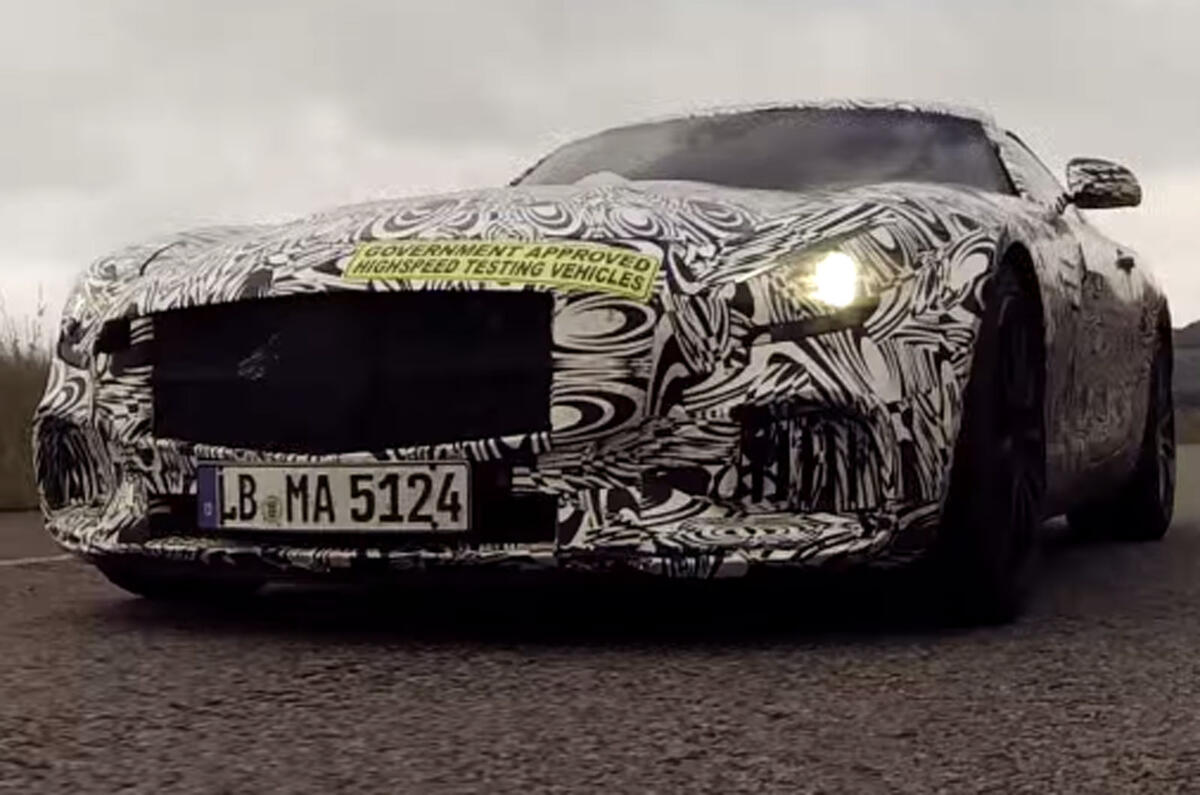

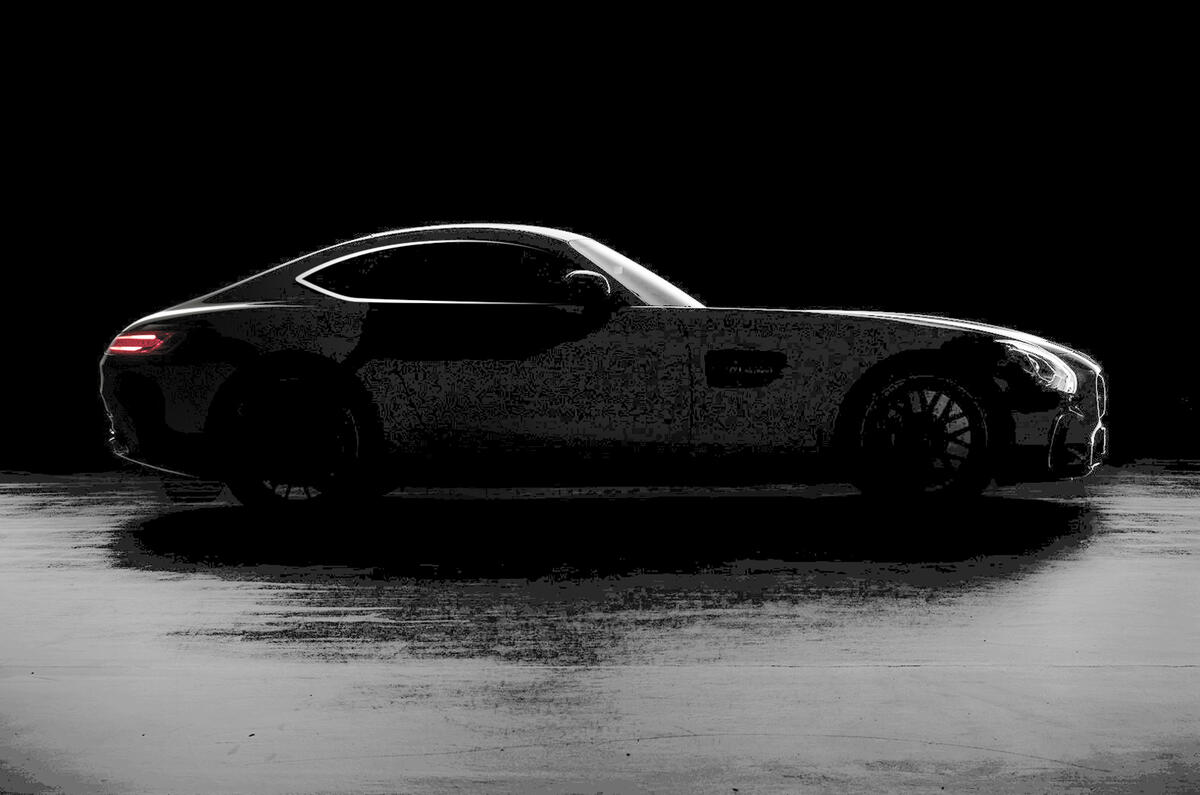
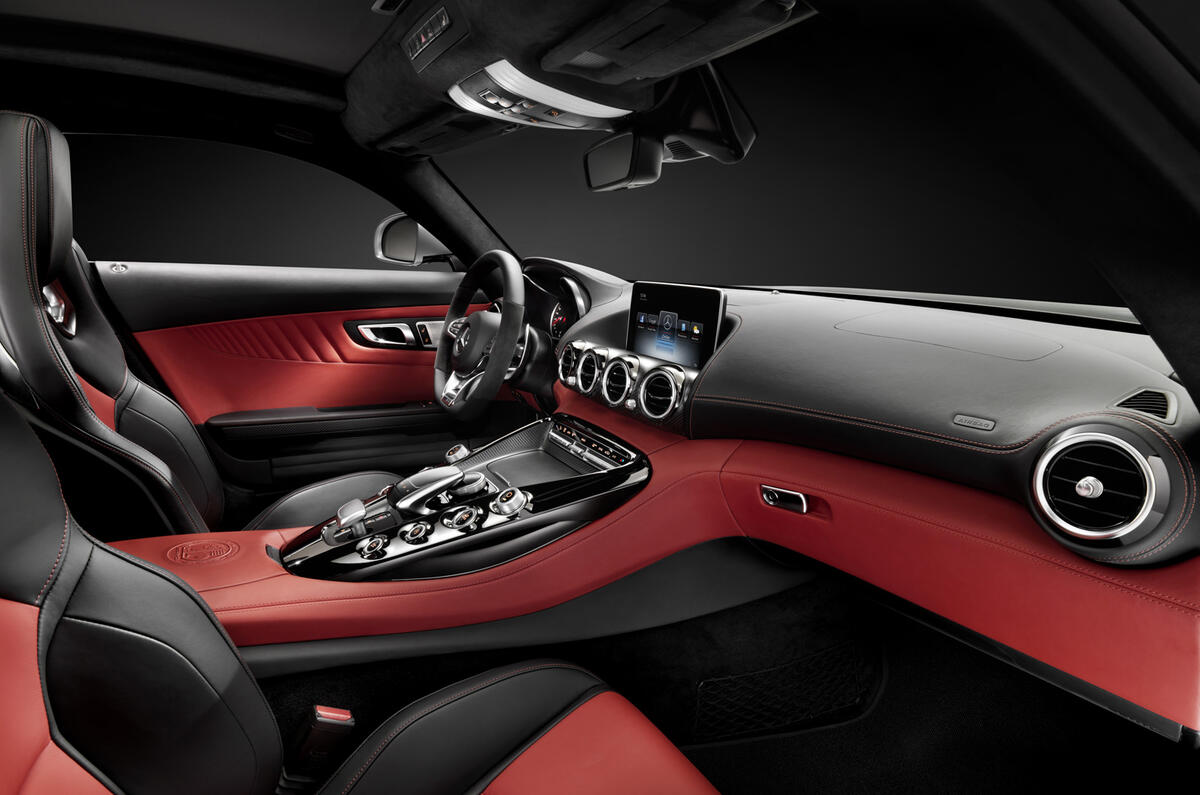
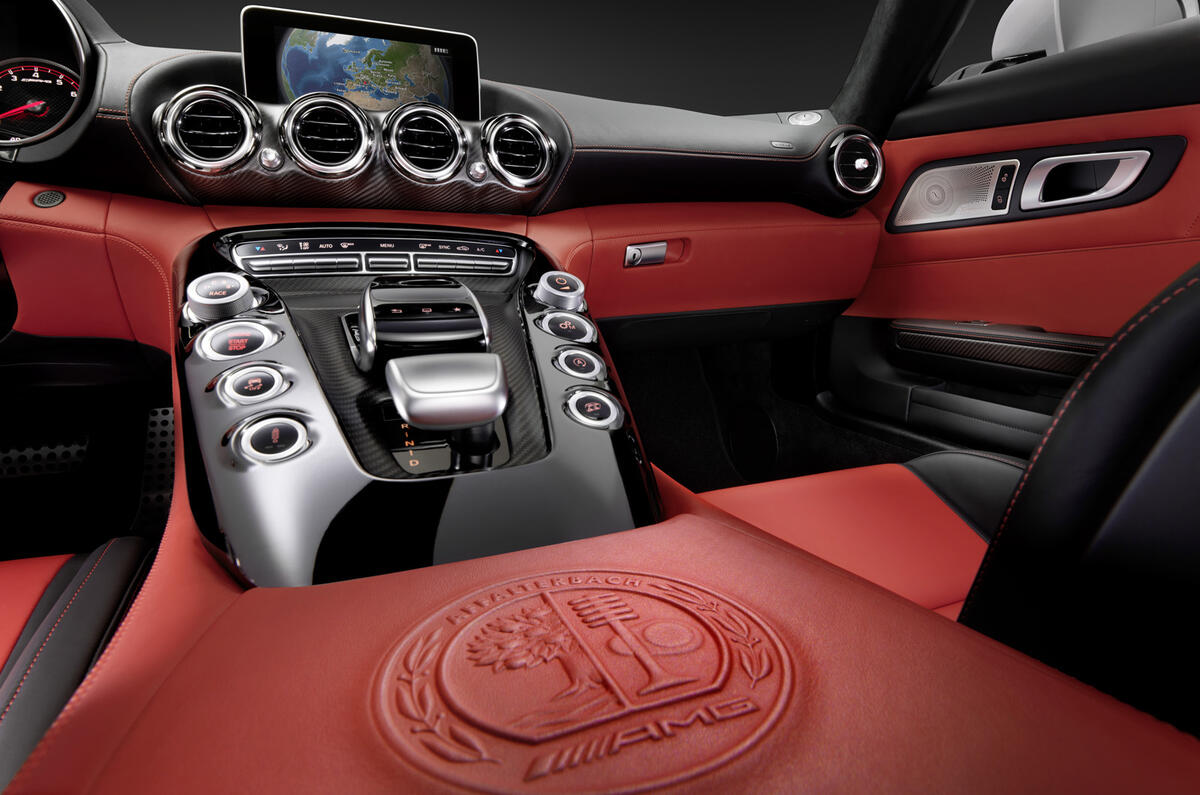
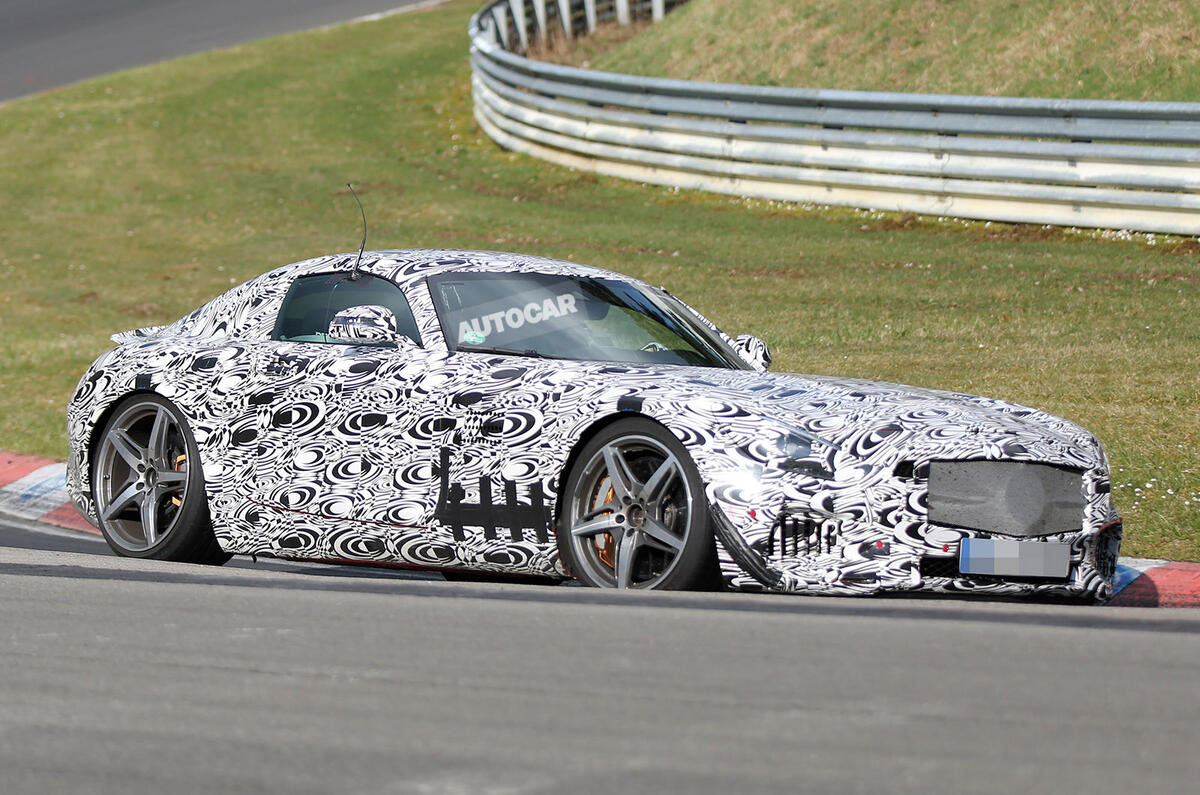
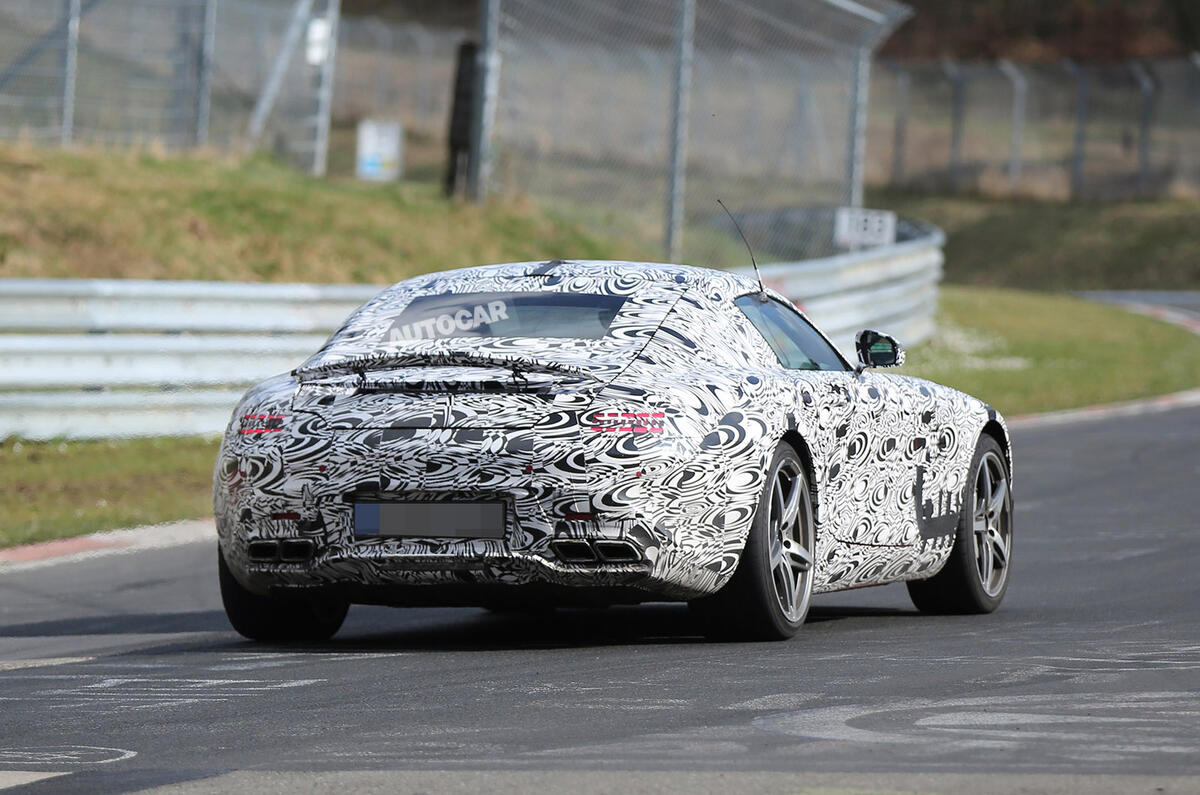


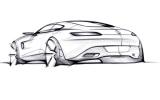
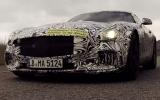


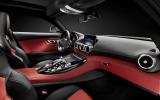
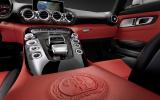
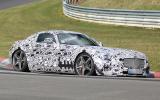




Join the debate
Add your comment
If you're gonna make an
Hyperbole drive engage!
Design trend